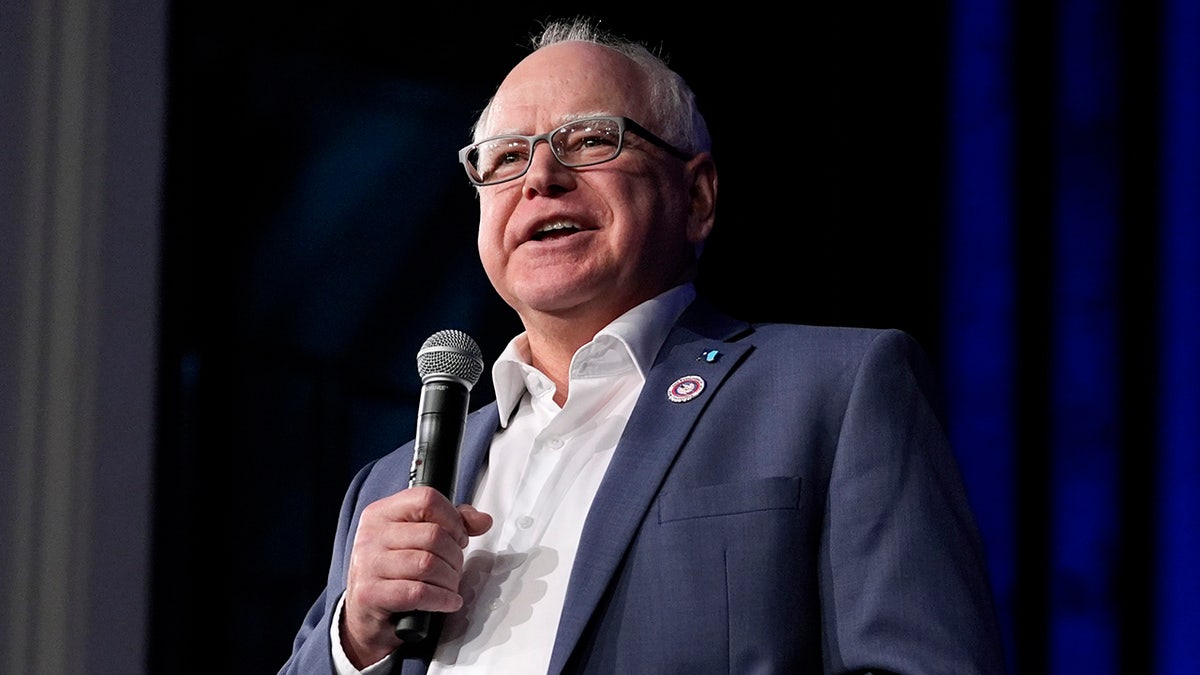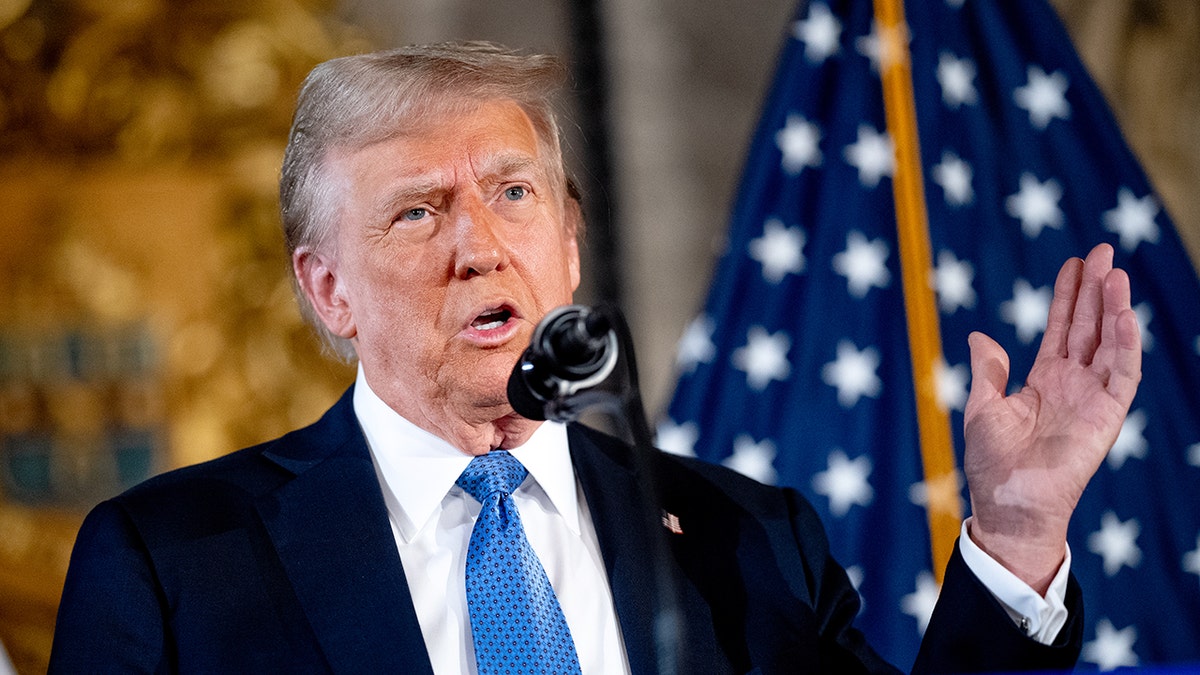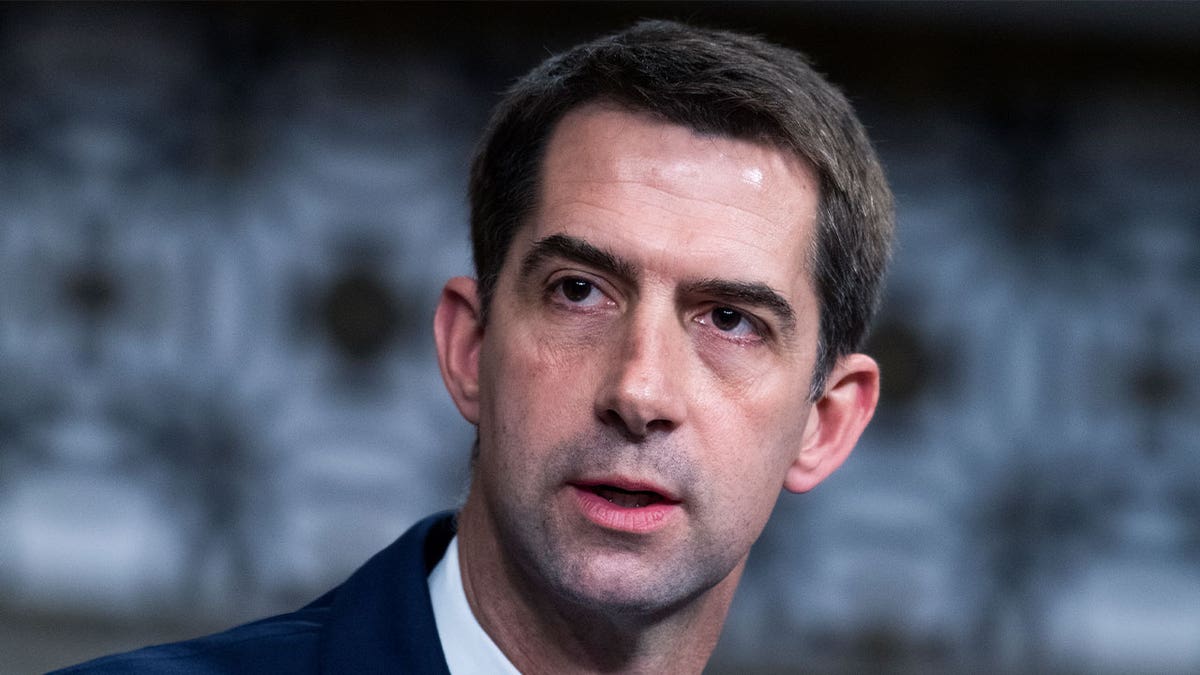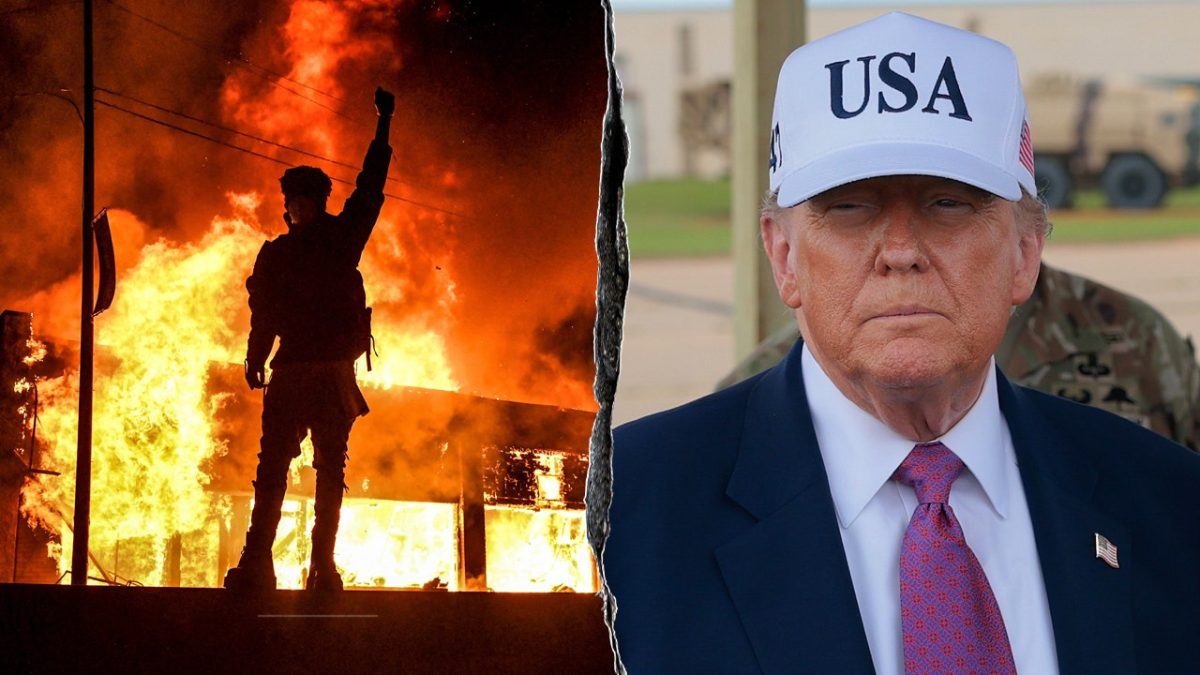NEWYou can now listen to Fox News articles!
President Donald Trump quickly reacted to fledgling riots in Los Angeles County over the weekend by activating the National Guard, a response that drew comparisons to the summer of 2020, when widespread violence and destruction arose from Black Lives Matter and Antifa riots.
Trump’s decision to federalize 4,100 National Guard soldiers and deploy hundreds of Marines came in the face of forceful objections from Gov. Gavin Newsom, who is now suing Trump over the move. Trump’s deputies, however, say the National Guard was a necessary step to quash riots lest they reach the scale of the ones that occurred across the country in the aftermath of George Floyd’s death on May 25, 2020.
Homeland Security Secretary Kristi Noem said Trump’s decision would prevent a scenario like the one in Minnesota that year, when Democratic Gov. Tim Walz waited two days to call upon the National Guard to address unrest in his state.
“That’s one of the reasons why these National Guard soldiers have been federalized, so they can use their special skill set to keep peace,” Noem said in a recent television interview. “We’re not going to let a repeat of 2020 happen, and if you remember, it all happened in Tim Walz’s state, in Minneapolis… and Governor Tim Walz made very bad decisions.”
DAVID MARCUS: TWO WAYS TRUMP 2.0 QUELLED THE WOULD-BE LA RIOTS

Walz tried to get Trump to “bail him out” after the governor “let his city burn for days on end,” Noem said.
Walz activated the National Guard in Minnesota on May 28, after looting and arson had already cropped up in the state in response to Floyd’s death. Within hours of Walz announcing he had mobilized National Guard soldiers, rioters set ablaze Minneapolis’ Third Precinct police station.
Although Walz ended up activating Minnesota’s entire National Guard, his hesitancy prompted Trump to threaten on May 29 to federalize the soldiers “to get the job done right.”
‘STATE OF REBELLION’: EXPERT WEIGHS IN ON NEWSOM CHALLENGE TO TRUMP DEPLOYING NATIONAL GUARD

By May 30, Minnesota’s National Guard announced that the governor had fully mobilized it, marking the “largest domestic deployment” in its history.
During these riots, Trump was far more deferential to governors, several of whom saw their cities ravaged by rioting, looting, arson, violence and death. The Democratic governors struggled at times to balance a law-and-order posture with their sympathy for those frustrated by police brutality.
The National Guard is a military force based in each state, and governors and presidents have shared authority over it. Governors typically have purview over their respective National Guard units, but presidents can call them into federal service in certain scenarios.
On June 3, 2020, Sen. Tom Cotton, R-Ark., pressured the Trump administration in a New York Times op-ed to invoke the Insurrection Act, which would allow the president to federalize the National Guard. The prospect was so controversial at the time that the newspaper retracted the op-ed, citing fierce blowback from its readers.
JONATHAN TURLEY: DEMOCRATS’ RABID ANTI-ICE RESISTANCE IN LA AGAINST TRUMP COULD BACKFIRE

By June 4, governors in 32 states and Washington, D.C., activated a total of more than 32,000 National Guard soldiers as the chaos transpired across the country.
CLICK HERE FOR MORE IMMIGRATION COVERAGE
DHS Deputy Secretary Troy Edgar echoed Noem’s remarks in a statement online on Monday, saying Trump moved so quickly because he did not want the same level of violence and damage as in 2020.
Trump and Noem “will not allow violent radicals to intimidate and shut down law enforcement in LA,” Edgar said. “This isn’t the Summer of 2020 2.0. I thank the brave men and women of the National Guard defending federal buildings so that immigration officials can keep us safe.”
Read the full article here


